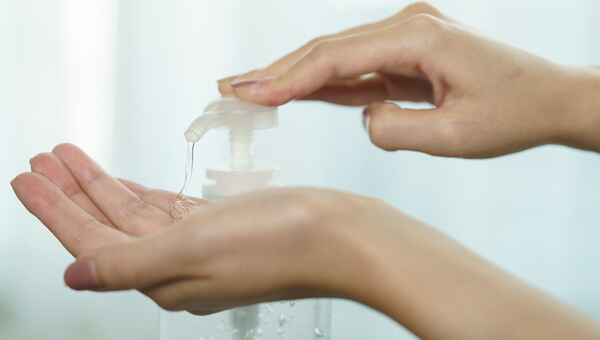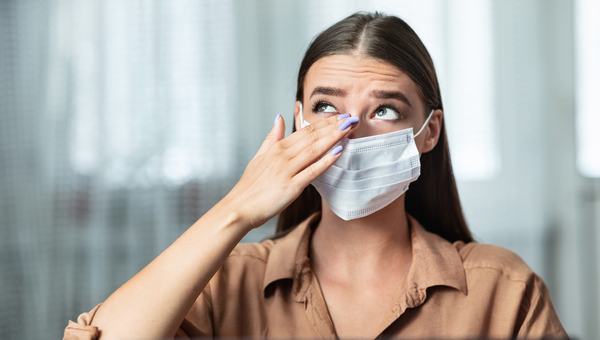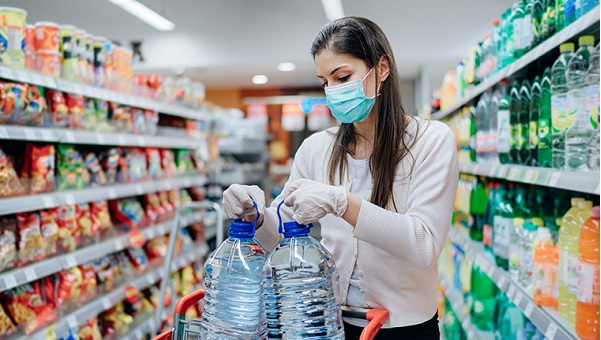Top 5 Handwashing Mistakes
If there’s one thing we can all do to limit the spread of germs—it’s washing our hands. Hand-washing is important all the time, but it becomes even more important when a known illness like COVID-19 is spreading around the world. Make sure you’re washing your hands effectively by avoiding some of these common mistakes.
1. Not washing long enough.
You should wash your hands for at least 20 seconds, and rinse completely with clean, running water.
2. Not washing often enough.
You should wash your hands frequently throughout the day, and:
- after coughing or sneezing
- after using the restroom or changing a baby’s diaper
- before and after touching your face
- after touching surfaces in a public place
- after touching your pet, their food or their waste
- before and after preparing or eating food
- after taking out the trash
3. Not washing all of your hands.
Just washing your palms isn’t enough. Make sure you get to those hard-to-remember spots like:
- the backs of your hands
- your wrists
- between your fingers (front and back)
- your thumbs
- your fingertips
- under your fingernails
4. Skipping the soap.
Soap actively removes germs, dirt and chemicals much better than plain water—and soap is particularly effective against viruses like the novel coronavirus. You can skip the antibacterial soap, though—it’s not any better at removing germs, and it may contribute to antibiotic-resistance.
There are seven steps to properly washing your hands. Learn about proper handwashing to help stay protected from germs.
5. Drip-drying afterward.
When you drop a pretzel on the floor, you might be tempted to pick it up and eat it anyway (you know, the 5-second rule). But when you drop a piece of toast jelly-side down, that toast is much less appealing, because all sorts of yuck sticks to that wet jelly. It’s the same with your hands—wet hands attract dirt, dust, germs and other nasties, while dry hands stay cleaner, longer. Dry your hands with a clean towel, a paper towel or an air-dryer—just don’t leave them dripping.



